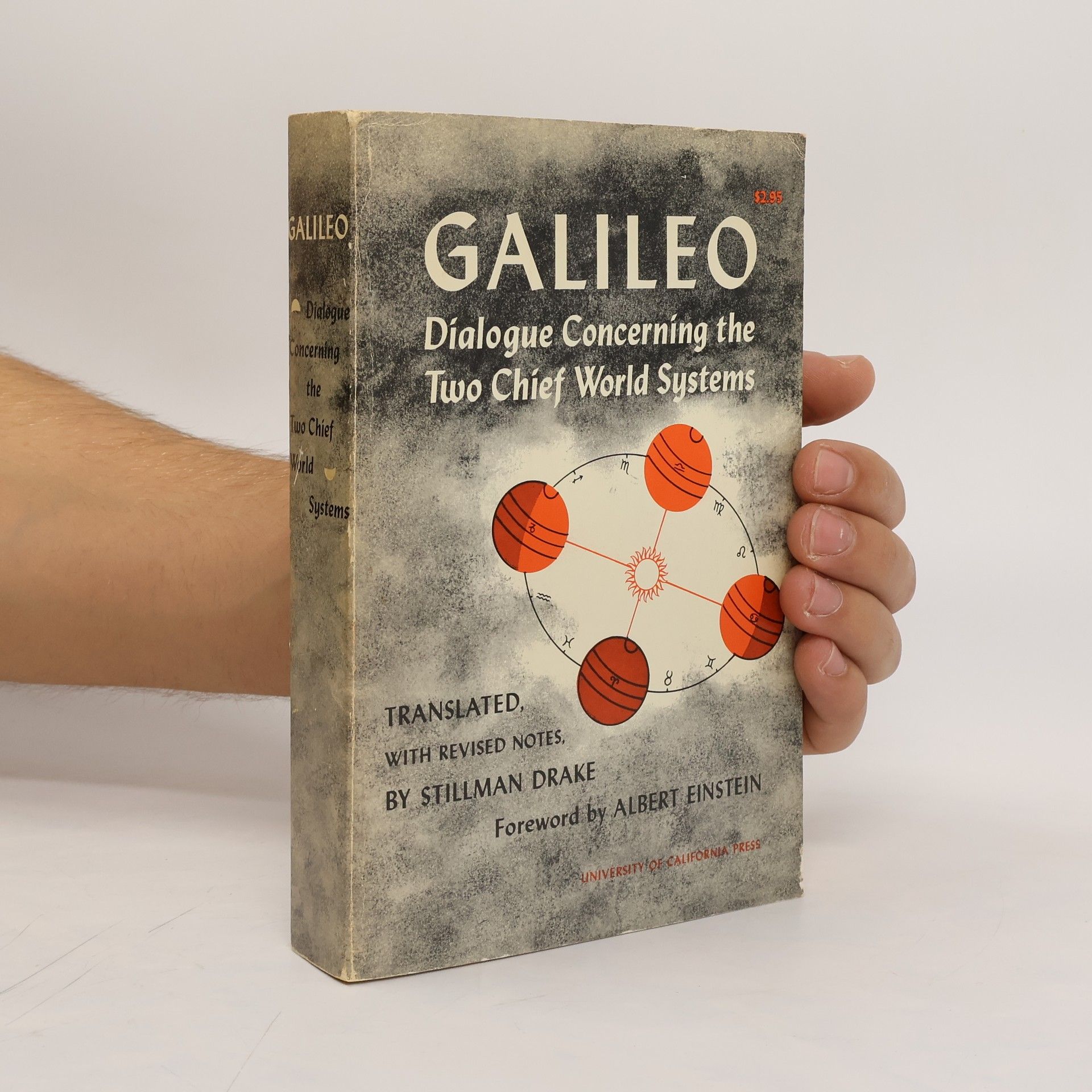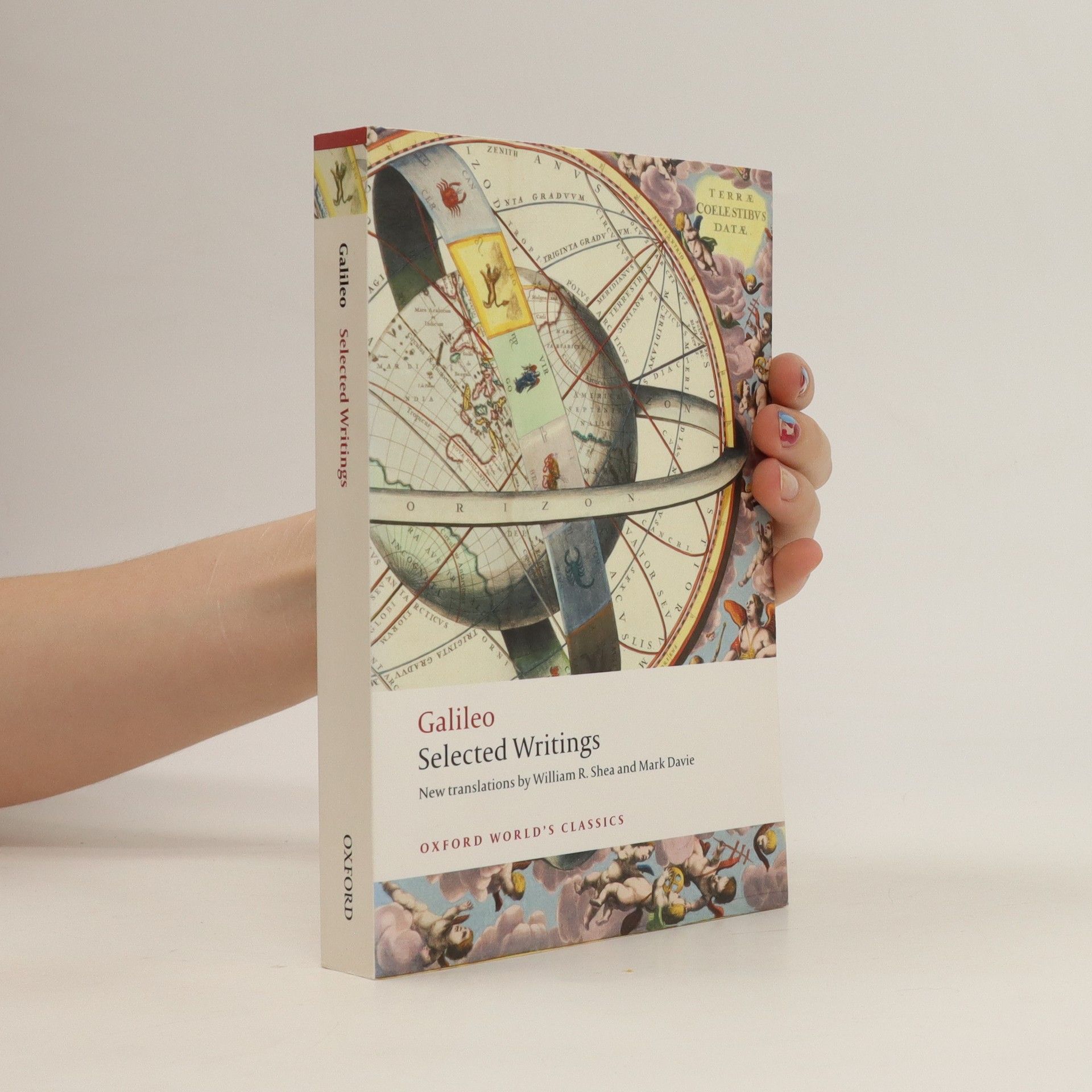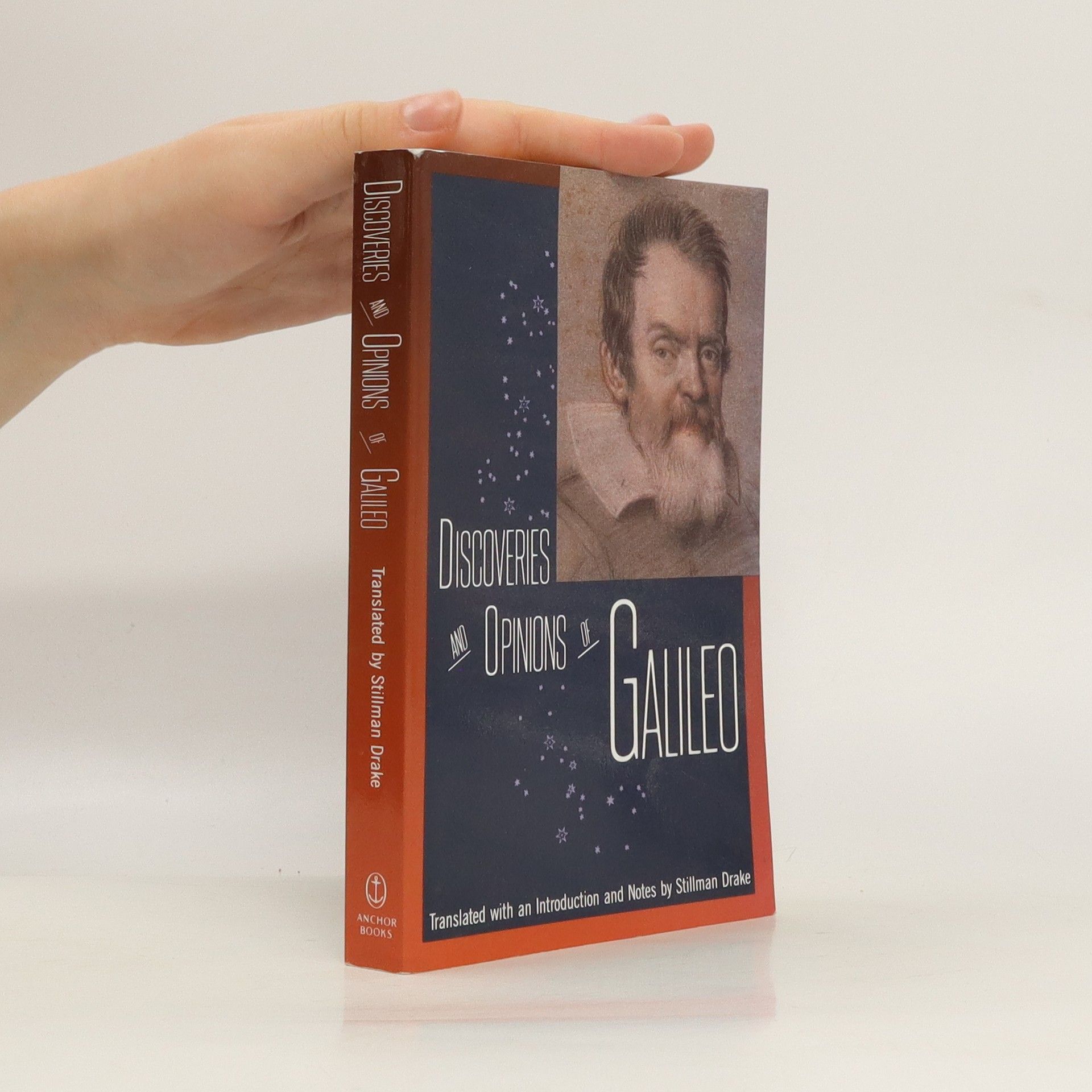Galileo Galilei Libri
Galileo Galilei fu una figura centrale della Rivoluzione Scientifica, il cui lavoro in fisica, matematica e astronomia alterò fondamentalmente la nostra comprensione del cosmo. Migliorò il telescopio, consentendo osservazioni astronomiche rivoluzionarie, e sostenne audacemente il modello eliocentrico del sistema solare. I suoi studi sul moto e sui fenomeni celesti, comprese le fasi di Venere e le lune di Giove, gli valsero il riconoscimento come padre dell'astronomia e della fisica moderne. Nonostante le controversie e le avversità personali suscitate dalle sue scoperte, Galileo pose le basi del pensiero scientifico moderno.




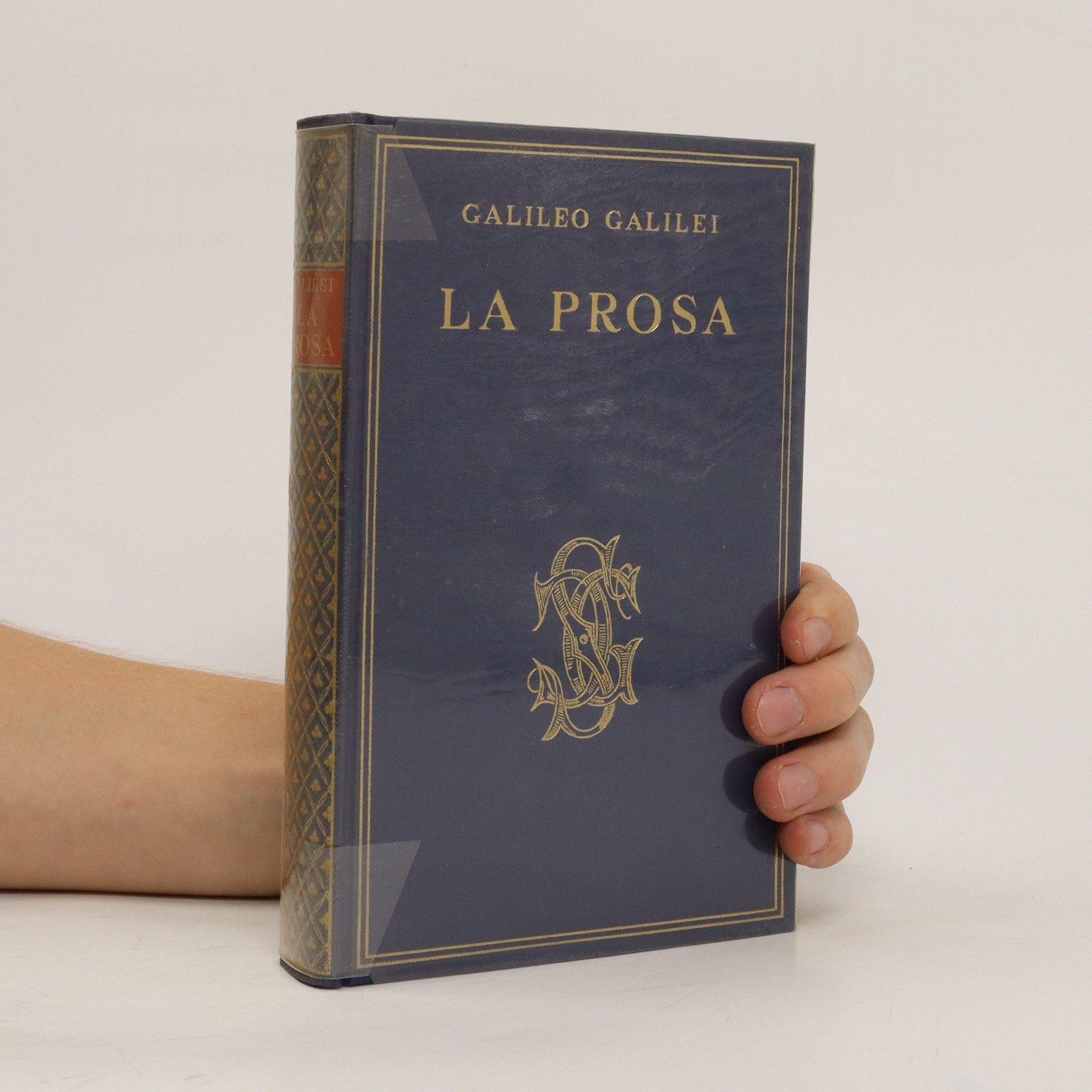

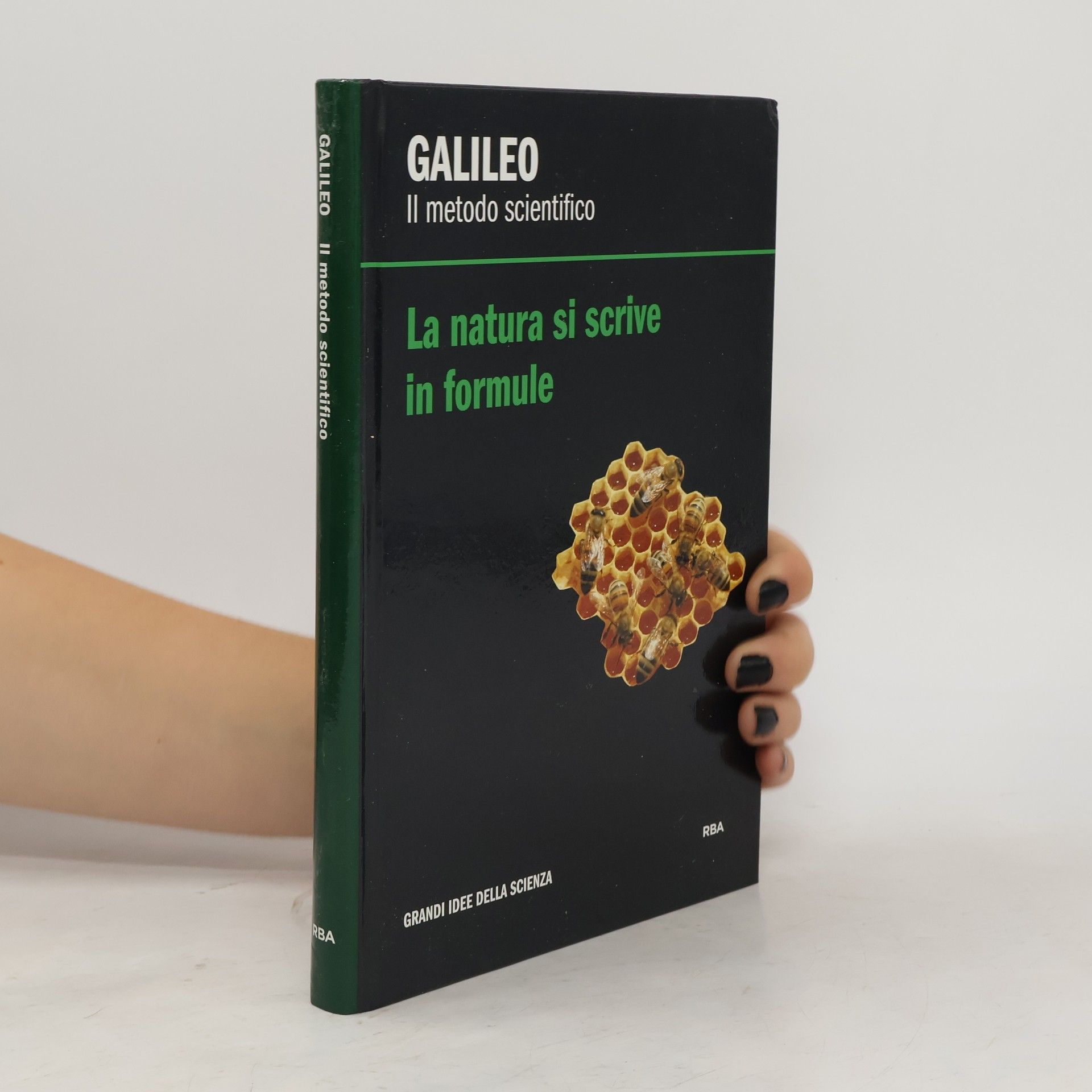
Lettera a Cristina di Lorena
- 618pagine
- 22 ore di lettura
2015 Reprint of 1954 Edition. Full facsimile of the original edition. Not reproduced with Optical Recognition Software. This is the standard translation of one of the greatest works in western science. Written near the end of his life, the book had to be published abroad and eventually led to Galileo's condemnation. Written as a discussion between a master and two students, it sets forth its hundred experiments and summarizes the conclusions Galileo drew from those experiments in a brisk, direct style. Galileo discusses aspects of fracture of solid bodies, cohesion, leverage, the speed of light, sound, pendulums, falling bodies, projectiles, uniform motion, accelerated motion, and the strength of wires, rods and beams under different loadings and placements. This is an unabridged republication of the translation by H. Crew and A. D Salvio, with an introduction by Antonio Favaro. The work recognized as the first systematic attempt to give a mathematical treatment of kinematics. "So great a contribution to physics was "Two New Sciences" that scholars have long maintained that the book anticipated Isaac Newton's laws of motion." --Stephen Hawking. "Galileo ... is the father of modern physics-indeed of modern science"-Albert Einstein.
Sidereus Nuncius, or the Sidereal Messenger
- 152pagine
- 6 ore di lettura
Galileo Galilei’s Sidereus Nuncius is arguably the most dramatic scientific book ever published. It announced new and unexpected phenomena in the heavens, “unheard of through the ages,” revealed by a mysterious new instrument. Galileo had ingeniously improved the rudimentary “spyglasses” that appeared in Europe in 1608, and in the autumn of 1609 he pointed his new instrument at the sky, revealing astonishing sights: mountains on the moon, fixed stars invisible to the naked eye, individual stars in the Milky Way, and four moons around the planet Jupiter. These discoveries changed the terms of the debate between geocentric and heliocentric cosmology and helped ensure the eventual acceptance of the Copernican planetary system. Albert Van Helden’s beautifully rendered and eminently readable translation is based on the Venice 1610 edition’s original Latin text. An introduction, conclusion, and copious notes place the book in its historical and intellectual context, and a new preface, written by Van Helden, highlights recent discoveries in the field, including the detection of a forged copy of Sidereus Nuncius, and new understandings about the political complexities of Galileo’s work.
Dialogue Concerning the Two Chief World Systems, Ptolemaic and Copernican, Second Revised edition
- 495pagine
- 18 ore di lettura
Dialogue Concerning the Two Chief World Systems, Ptolemaic and Copernican, Second Revised Edition.
Selected writings
- 431pagine
- 16 ore di lettura
This generous selection from Galileo's writings contains all the essential texts. Newly translated by Mark Davie and William R. Shea, the contents include full representation from his scientific masterpieces, his contributions to the debate on science and religion, and key documents from his trial before the Inquisition in 1633.
Discoveries and Opinions of Galileo
- 320pagine
- 12 ore di lettura
Directing his polemics against the pedantry of his time, Galileo, as his own popularizer, addressed his writings to contemporary laymen. His support of Copernican cosmology, against the Church's strong opposition, his development of a telescope, and his unorthodox opinions as a philosopher of science were the central concerns of his career and the subjects of four of his most important writings. Drake's introductory essay place them in their biographical and historical context.
